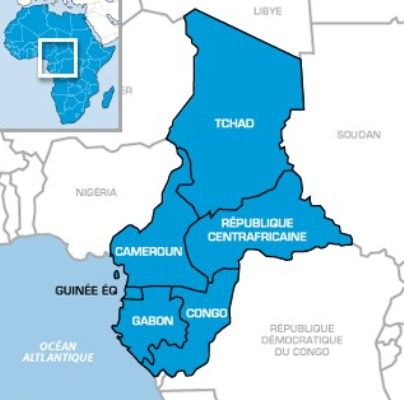Entitled “Banking stability and macroeconomic stability in the CEMAC,” this survey shows that the macroeconomic imbalances (internal and external) of the sub-region affect the stability of its banking system, with shocks likely to induce instability accounting on average for 15 percent of fluctuations in the area.
According to the bank stability indicator, calculated over the period 1993-2016 by aggregating the various criteria, on average over recent years, Cameroon, Central African Republic (CAR) and Congo have posted higher performances in terms of bank stability than Gabon, Equatorial Guinea and Chad.
Since the fall in oil prices in 2014, CEMAC’s annual GSI has, according to the survey, worsened but remained in the moderate risk zone.
However, in order of increasing fragility in recent years, Cameroon has the strongest banking sector followed by CAR, Congo, Equatorial Guinea, Gabon and Chad.
Noting the strong dependence of all components (real and financial) of the sub-region’s economies on the dynamics of oil prices, the report noted that the region’s banking system has experienced a major phase of stability, marked by over liquidity, following the oil boom of the early 2000s, with the drying up of liquidity occurring with the drastic fall in oil prices recorded from mid-June 2014.


